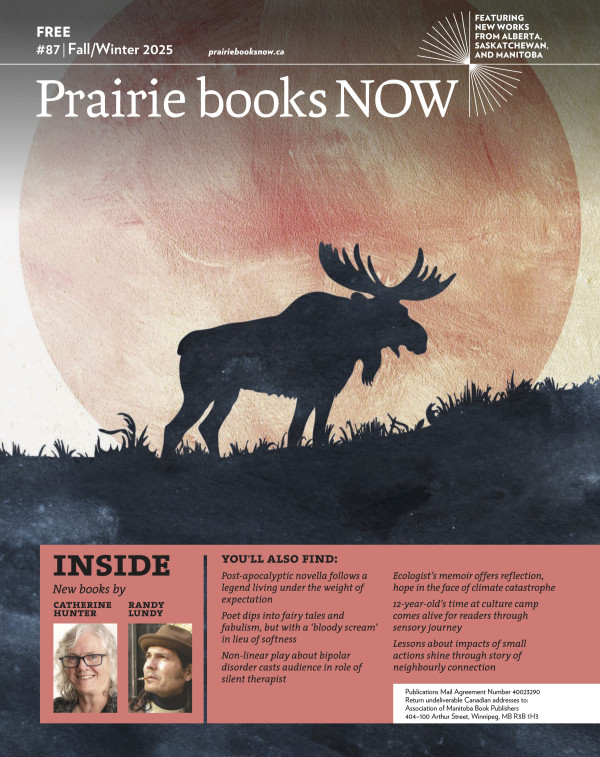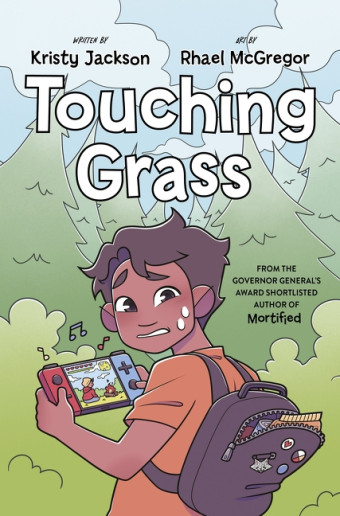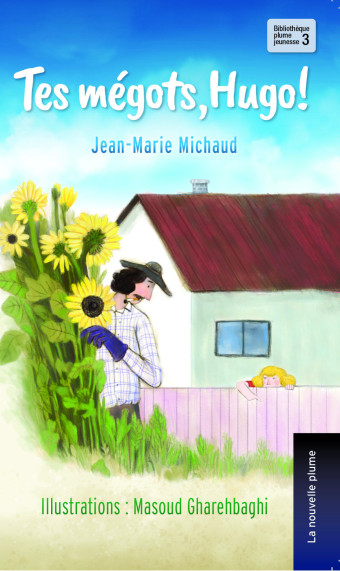Colleen Nelson, a middle school teacher in Winnipeg, Manitoba, is releasing two new titles for middle years readers this spring: Mystery at the Biltmore #2: The Classified Catnapping, and Making a Splash: How Humans Consume, Control and Care for Water, a non-fiction book about water use and conservation across the globe and throughout history.

- Mystery at the Biltmore #2
- Colleen Nelson, Peggy Collins (Illustrator)
- Pajama Press Inc.
- $22.95 Hardcover, 136 pages
- ISBN: 978-17-72783-36-0
The Classified Catnapping returns to the charming Upper West Side apartment building where young Elodie LaRue lives and operates a detective agency with her friend Oliver and her dog Carnegie.
A murder mystery movie is being filmed in the courtyard of The Biltmore, and a mystery to be solved arrives at Elodie’s door – The Biltmore’s famed cat Bijou, who just happens to be starring in the movie, is missing!
Bijou, who was left a fortune by her now deceased owner, was inspired by the real-life Choupette, designer Karl Lagerfeld’s cat, who, it was rumoured, inherited his fortune when he died.
“It was a lot of fun creating a world where a cat runs the show,” says Nelson. “She’s a celebrity with her own staff, so when she goes missing, it has to be kept under wraps, which makes solving the crime even harder for Elodie.”
The only other character directly inspired by someone in real life is also a more-than-human – Elodie’s West Highland white terrier, Carnegie.
“She’s very similar in nature to my dog, Rosie, who is also a Westie,” says Nelson. “They have the right personality to be helpful to a detective. Good sense of smell, curious, and determined. Just try taking a Westie for a walk in –30 degrees and you see the determined side!”
The Biltmore, a 100-year-old building in New York City, is filled with quite the cast of characters. Nelson enjoys creating new and unusual people for Elodie to meet and interview.
“In this book, there is everything from a young socialite to a Broadway producer to a pet nanny. It’s New York, so the sky’s the limit!” she says. To Oliver’s delight, the movie crew also includes a stunt double.
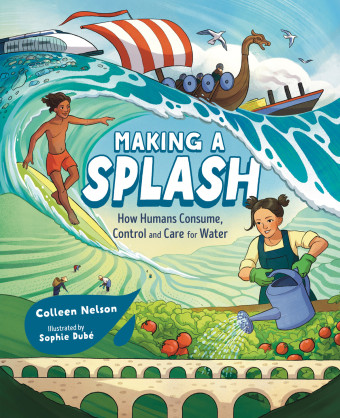
- Making a Splash
- Colleen Nelson, Sophie Dubé (Illustrator)
- Orca Book Publishers
- $29.95 Hardcover, 96 pages
- ISBN: 978-14-59838-69-7
Making a Splash: How Humans Consume, Control and Care for Water is Nelson’s third non-fiction title. Colourfully illustrated by Sophie Dubé, and filled with photos selected by Nelson, this book gives middle schoolers everything they need to know about the history of humanity’s relationship with water.
Nelson takes care to balance the good and the not-so-good impacts of humans on water. She examines global warming, pollution, and water inequity, but also features conservation projects, sustainable technology, and stories of water protectors.
“I wanted to make sure [the book] gave hope and profiled people and projects that are making a difference and helping the world’s water,” she says.
The book started where Nelson hopes it will have a place in the end: In the classroom. “This book began when my teacher partner and I started an inquiry project asking the students to convince us what has had a bigger impact: humans on water or water on humans,” she says.
“The class discussions were rich, and I could see that it had the right elements to become a book.”
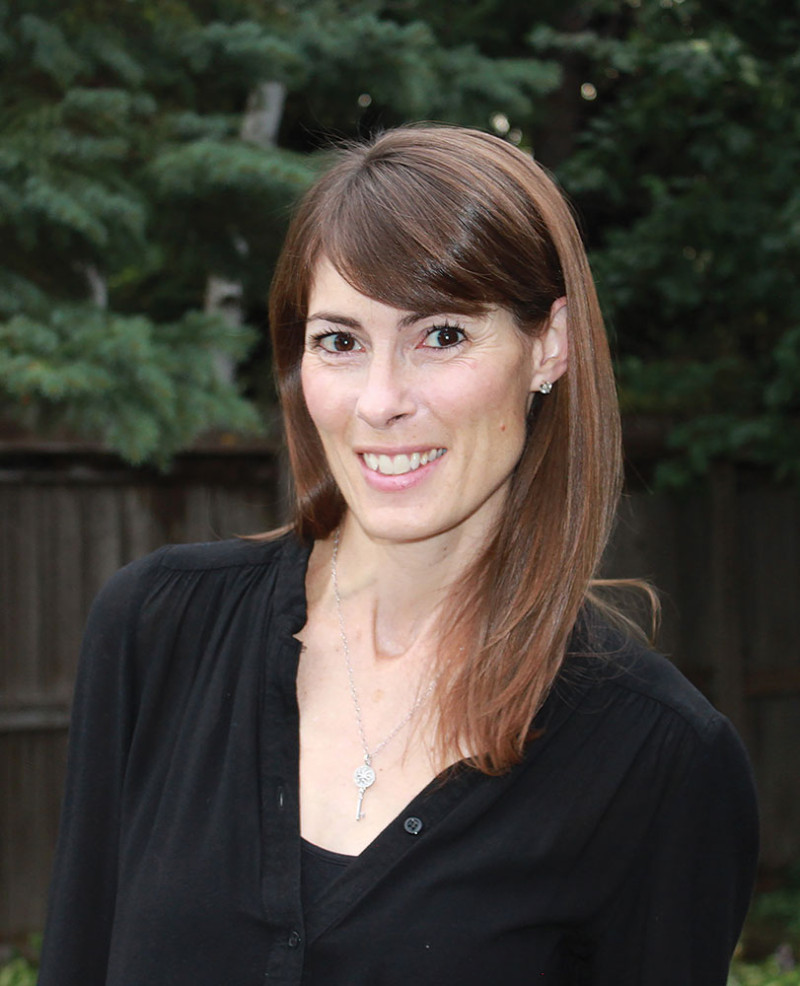
The publisher suggested expanding the framework to look at both sides of the argument over time and around the world, making this book a good fit for the Orca Timelines series.
As a middle years teacher, Nelson sees the need for engaging non-fiction for this age group.
“There are a lot of books about water, but this one hits differently,” she explains. “
It asks a question and invites readers to make their own decision once they are armed with information from the book. I specifically hope teachers find and embrace this book because I think it will be a great resource for the classroom.”
Nelson knows this book is important for kids today.
“Water is literally why we are here and the most important resource for humans. We can’t survive without it. Yet, we treat it so poorly.”

